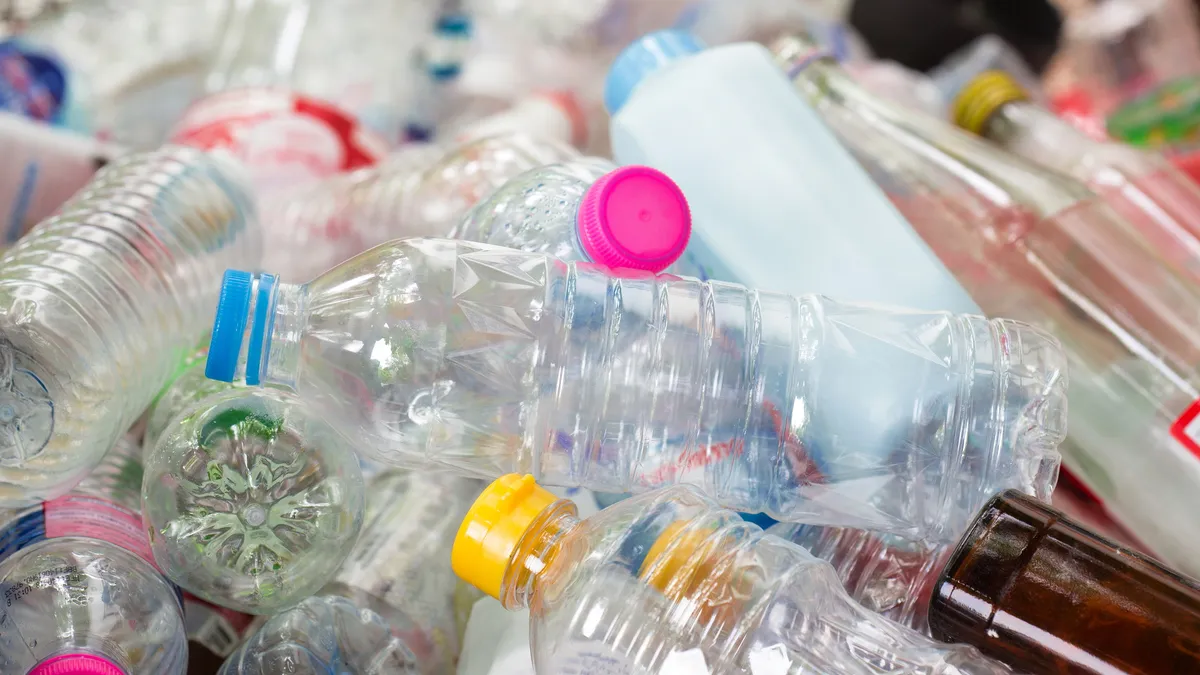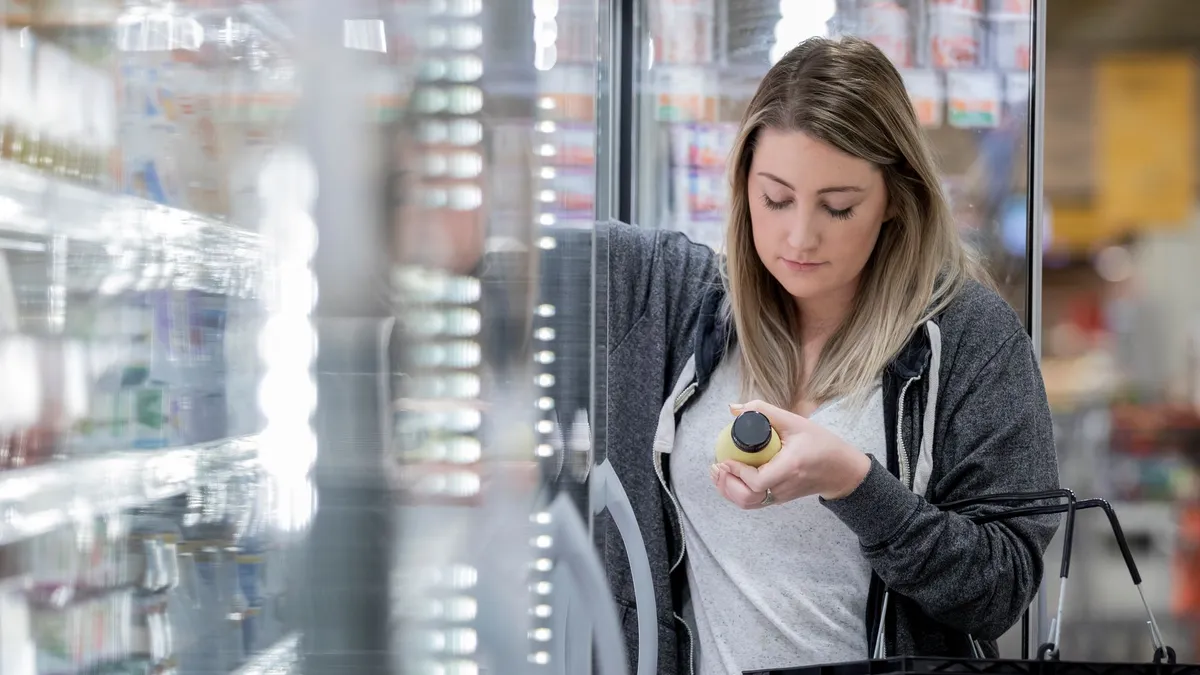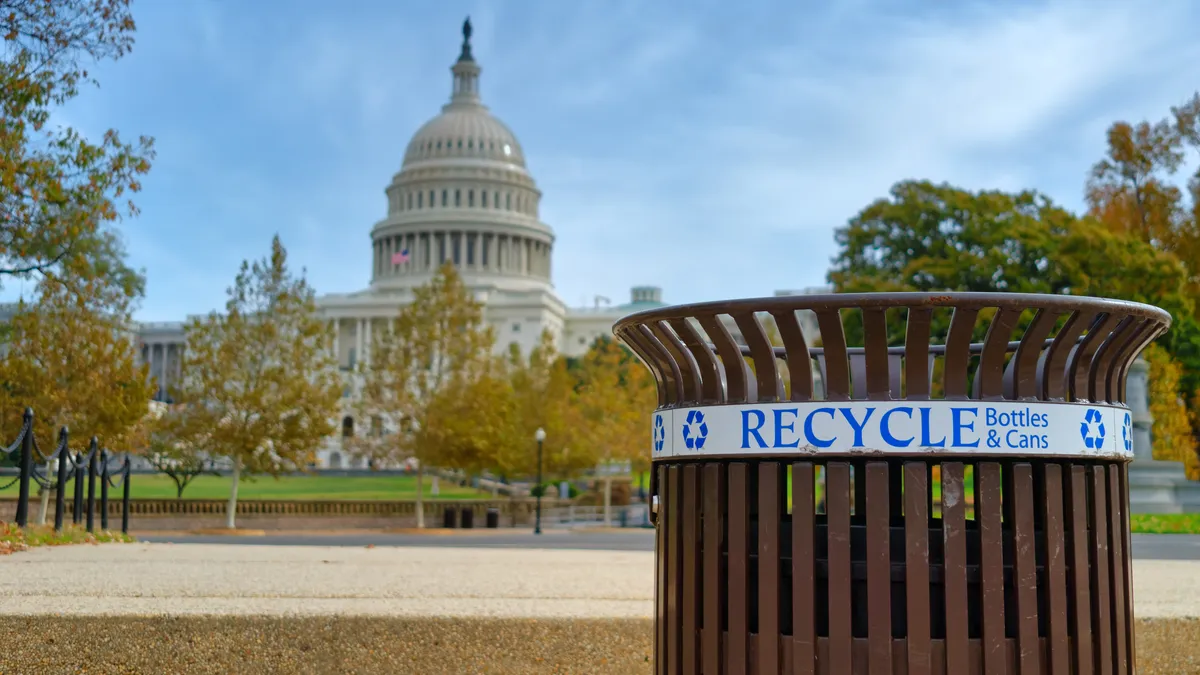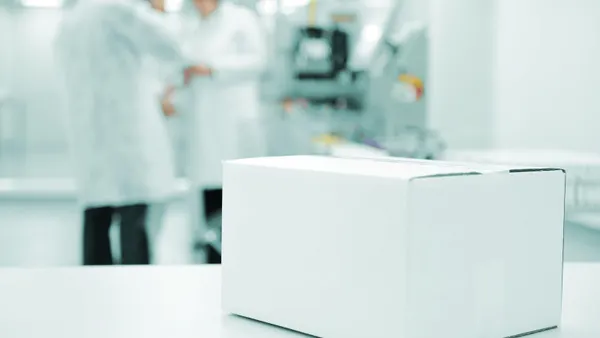Dive Brief:
- As more brands seek to incorporate recycled content in their packaging, the International Society of Beverage Technologists is offering ideas on how to best mitigate differences that can arise when using rPET in rigid drink containers versus virgin material. Lee Malvitz, who chairs ISBT’s sustainable packaging subcommittee, presented on a new white paper at Pack Expo East on March 19.
- Potential issues to consider when incorporating more recycled material include color differences in containers and other sensory impacts such as to taste, explained Malvitz, who is also technical manager for the beverage category and quality/food safety systems at Plastipak
- “Everybody wants to utilize more recycled material,” but differences become evident, Malvitz said. “What those differences are is highly dependent on the output source, is highly dependent on the application that you're trying to utilize it, is highly dependent on the percentage that you're trying to utilize it at: rPET at 15% is obviously going to be drastically different than utilizing rPET at 100%.”
Dive Insight:
Over decades, PET has become “kind of synonymous with beverage packaging,” Malvitz said, noting that food-grade rPET has existed for more than 30 years. In recent examples, packaging manufacturers such as Amcor and brands including Califia Farms have developed bottles made entirely from recycled PET. Coca-Cola and Circularix have also lined up to source recycled PET flake, along with color-sorted HDPE and polypropylene meant for packaging, material from Republic Services’ polymer centers.
ISBT has been working the last few years to develop a white paper covering standards and best practices for brand owners as well as resin, equipment or packaging suppliers working in the beverage industry. It considers technologies and mitigation actions to combat impacts from using rPET in place of virgin material.
ISBT hopes that increasing rPET adoption will support better container collection. “If the drive to utilize that material is not there, then those collection systems won't be put in place,” Malvitz said. “As an industry, we have to be ready and we have to be able to introduce that material in a safe and responsible manner.”
In its work, ISBT also addresses aspects like container thermal performance and pressurization performance, Malvitz said. Sports drinks, for example, typically have containers with specific chemical properties and are meant to withstand elevated temperature.
Malvitz said that issue prompts questions about what can be done during container design or processing to mitigate impacts. “Those are typically filled at elevated temperatures from a sterility standpoint, and typically PET resins are specifically designed for those applications. When you start introducing rPET, now those resins are no longer specifically designed because they're being pulled back in from the recycling stream.”
Some customers embrace color differences. “There's brand owners out there that market it as ‘we're using more recycled material,’ and use it as a badge of honor on the container, and they expect it to be off-color, they expect it to not be clear, perfectly transparent,” Malvitz said. “But on the flip side, there's also brands that don’t want to necessarily market it as such.” In the latter case, considerations such as toner additives could reduce color impact, Malvitz noted.
2023 was a record year for imports of postconsumer scrap PET. According to Independent Commodity Intelligence Services, West Coast customers are leaning on imported rPET or virgin material versus domestic rPET. Demand for rPET on the East Coast “remains robust,” ICIS recently reported.
Correction: A previous version of this story erred in describing the performance expectations of sports drink containers. Sports drink containers are designed to withstand elevated temperature.















